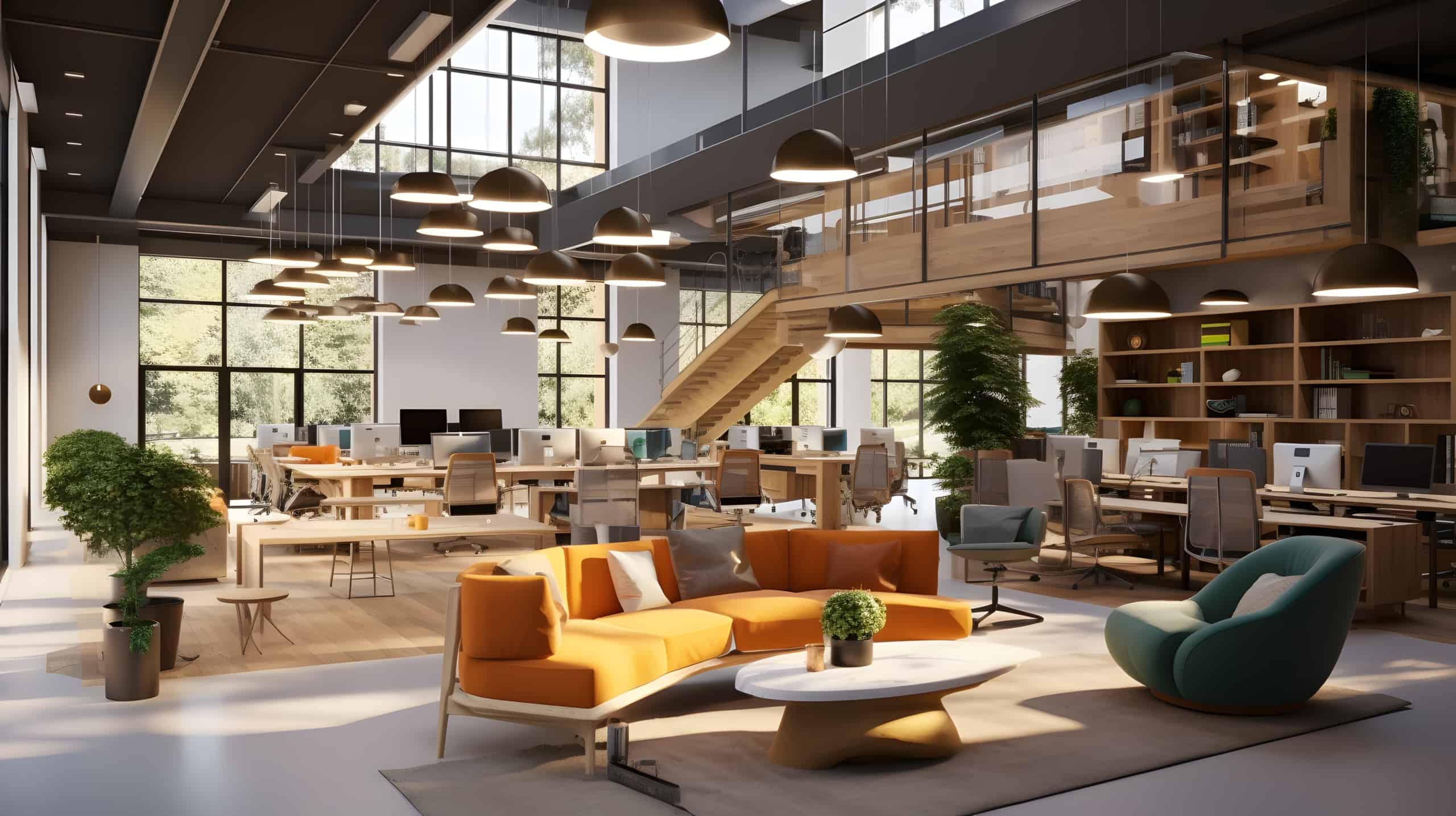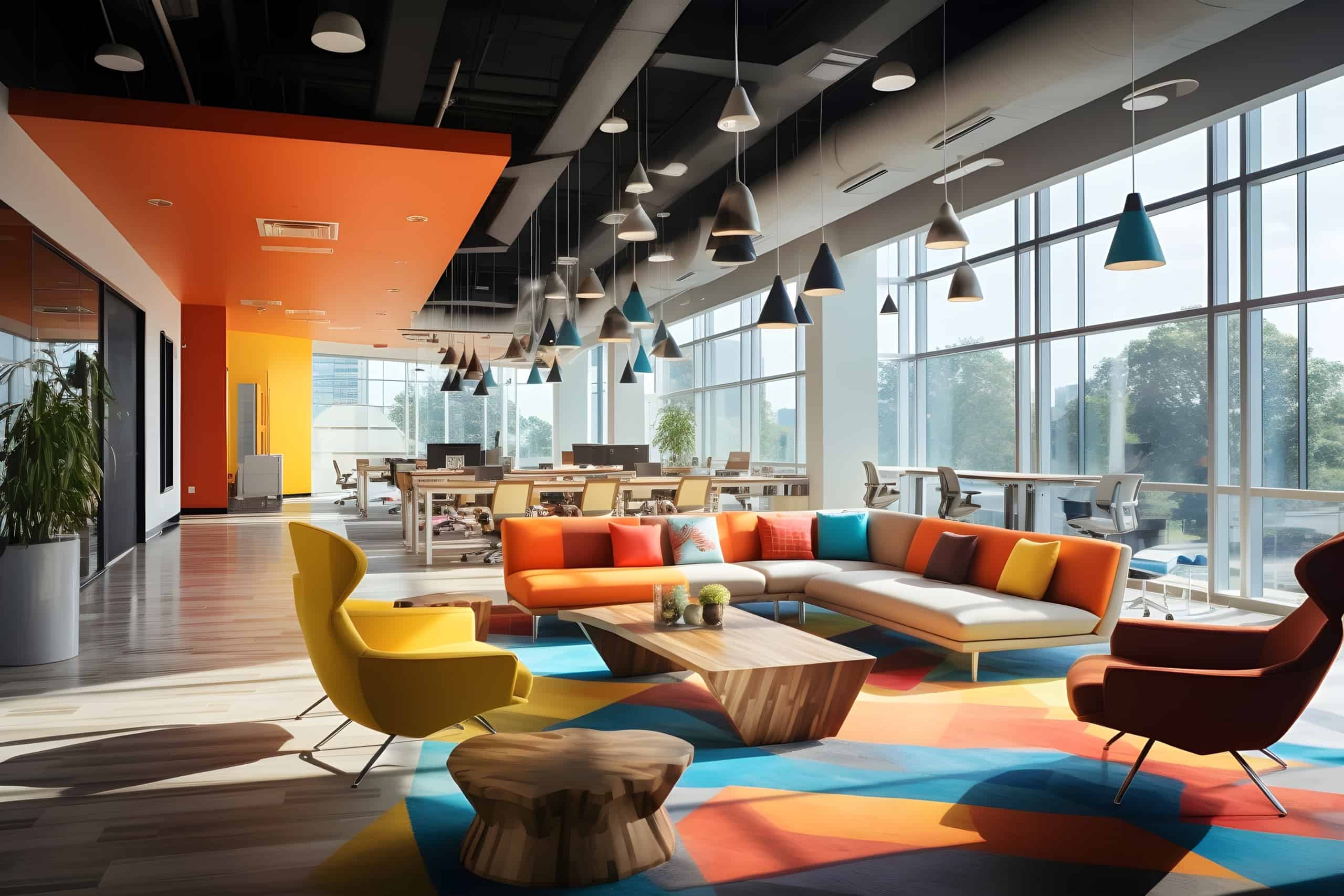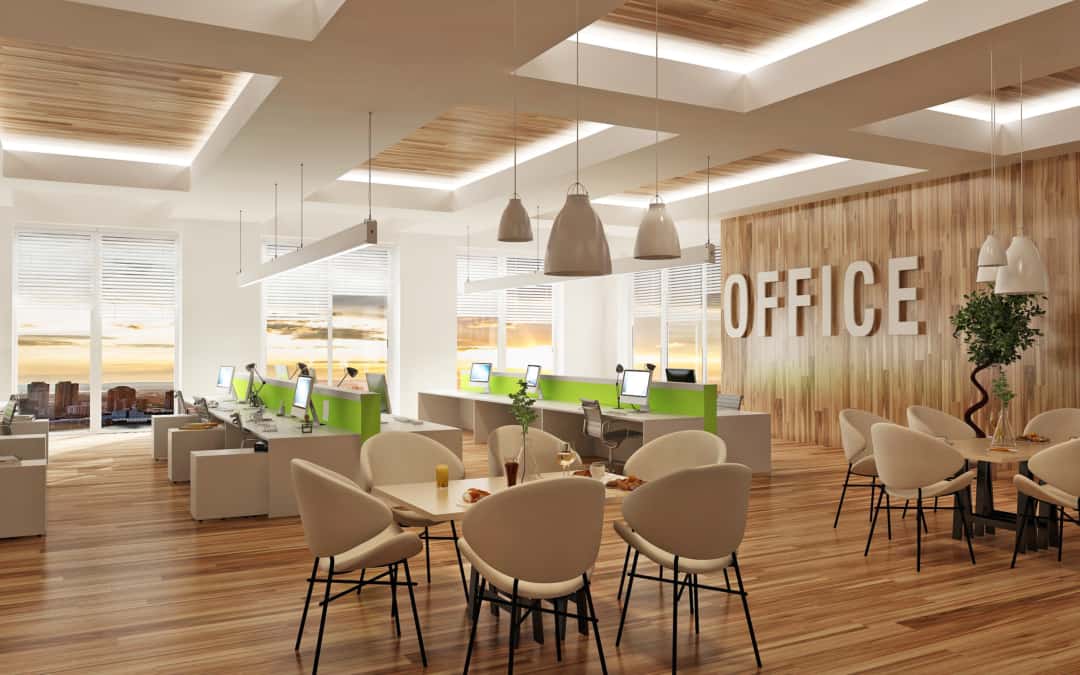Updating office furniture is important for several reasons:
Employee Comfort and Well-Being: Comfortable and ergonomic office furniture can impact the well-being and productivity of employees significantly. Uncomfortable chairs or desks can lead to discomfort, poor posture, and musculoskeletal issues. By providing updated and ergonomic furniture, employers can create a more supportive and comfortable work environment that promotes employee health and reduces the risk of work-related injuries.
Increased Productivity: Outdated or worn-out office furniture can have a negative impact on productivity. Uncomfortable chairs, malfunctioning desks, or inadequate storage solutions can create distractions and discomfort for employees, leading to decreased focus and efficiency. Updated furniture, designed with productivity in mind, can enhance employee satisfaction and contribute to better workflow and output.

Attracting and Retaining Talent: A modern and well-equipped office space can be a crucial factor in attracting and retaining top talent. Job seekers often consider the work environment and amenities when they are evaluating potential employers. Having up-to-date furniture that reflects a contemporary and professional atmosphere can create a positive impression and make the workplace more appealing to prospective employees.
Brand Image and Professionalism: Office furniture is a visual representation of a company’s brand image and professionalism. Outdated or shabby furniture can give a negative impression to clients, partners, and visitors. By investing in updated and well-maintained furniture, businesses can present a professional and polished image, enhancing their reputation and credibility.

Adaptability and Flexibility: Modern office furniture is designed to support the changing needs of a dynamic workplace. It often includes features like adjustable-height desks, modular workstations, and flexible seating arrangements that can accommodate different work styles, collaboration, and technology integration. Furniture that can adapt to evolving work trends and accommodate various tasks and work arrangements can promote flexibility and agility within the organization.
Safety and Compliance: Updating office furniture regularly ensures compliance with safety regulations and standards. Safety features such as sturdy construction, proper weight capacity, and fire-resistant materials are important considerations for office furniture. Staying up to date with safety requirements helps create a secure and compliant work environment for employees.

Overall, updating office furniture contributes to a more comfortable, productive, and visually appealing workspace, which benefits both employees and the organization as a whole.


